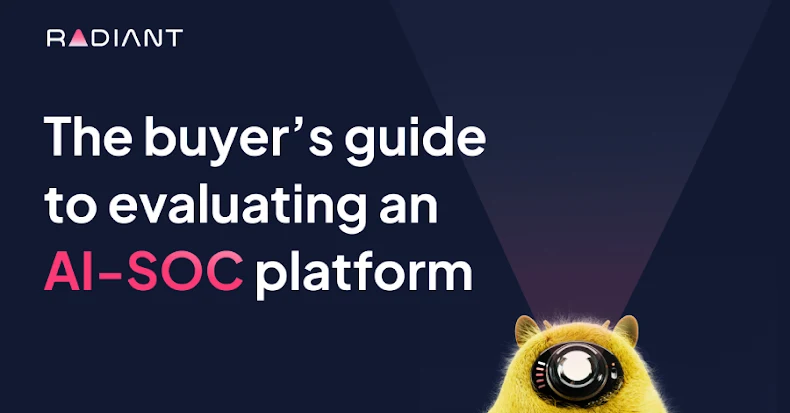Architectures, Risks, and Adoption: How to Assess and Choose the Right AI-SOC Platform
Summary
The article explains why traditional Security Operations Centres (SOCs) are struggling with alert overload and how AI-driven SOC platforms are moving from experiment to production. It outlines a practical framework for evaluating AI-SOC solutions across four dimensions: functional domain (what is automated), implementation model (how it is delivered), architecture type (how it integrates) and deployment model (where it runs). The piece highlights common risks — from explainability and vendor lock-in to compliance and cost — and provides a phased adoption blueprint plus vendor questions to guide procurement and roll-out.
Key Points
- Organisations face massive alert volumes (average ~960/day; large enterprises >3,000/day) and significant missed investigations, driving the need for AI-assisted SOCs.
- AI-SOC functional models include agentic orchestration (SOAR+), agentic alert triage, analyst co-pilots, and workflow/knowledge replication.
- Implementation options are user-defined/configurable (flexible, needs skills) or pre-packaged/black-box (fast, less transparent).
- Integration architectures: integrated AI-SOC platforms (own data stores), connected/overlay models (sit on top of existing SIEMs/EDRs), and browser/workflow emulation.
- Deployment choices: SaaS, BYOC (bring-your-own-cloud), or air-gapped on-prem for high-regulation environments.
- Key risks include lack of standard benchmarks, explainability/opaque decision-making, compliance/data residency, vendor lock-in, integration complexity, model drift, over-reliance on automation and economic surprises from pricing by volume.
- Essential vendor questions cover detection/triage rates, data ownership and storage, explainability and human override, integration coverage, and pricing scalability.
- Adoption should be phased: define strategy, pick core capabilities, run a POC, a short trust-building assist phase, gradually enable automation, then operationalise and iterate.
- Measure success across short (0–3 months), mid (3–9 months) and long (9+ months) horizons with metrics tied to business outcomes (coverage, MTTR, false positives, cost predictability).
Why should I read this?
Quick take: if you run or influence a SOC, this is worth 5–10 minutes. The article boils down vendor noise into a usable framework — what to ask, what to watch for, and how to roll AI in without breaking compliance or analyst morale. It saves you time by turning marketing claims into practical checkpoints and a phased plan you can adapt to your environment.
Context and Relevance
This piece is timely because SOCs are at a tipping point: alert volumes and tool sprawl make manual triage untenable, and most organisations plan to evaluate AI-driven SOCs within a year. The guidance helps security leaders align AI adoption with governance, integration and operational realities rather than treating AI as a bolt-on. It also maps directly to ongoing industry trends toward unified operations, agentic automation and cloud-versus-on-prem trade-offs.
Source
Source: https://thehackernews.com/2025/10/architectures-risks-and-adoption-how-to.html

